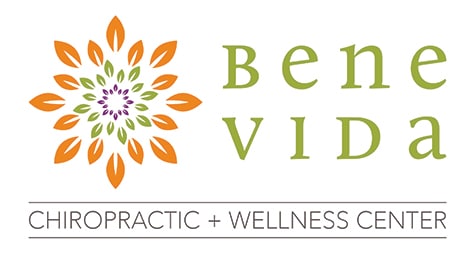Swedish massage, which focuses on the top layers of muscles and joints, is the most common and one of the most familiar types of massage being both relaxing and energizing.
It is a great introductory to massage therapy because of its firm pressure but gentle strokes – promoting better circulation and blood flow to larger muscle groups.
The History of the Swedish Massage
You may be surprised to learn that in most countries outside the U.S., it is referred to as “classic massage”.
You may also be surprised to learn that Swedish massage did not start in Sweden. A Dutch practitioner, Johan Georg Mezger, originally systemized the movements and used French to name the techniques.
In the beginning, he did not think this therapeutic massage would catch on because it required physical exertion from practitioners. In the 1890’s it became quite useful to therapists and doctors in sanitariums. Eventually, it caught on with specialized massage therapists.
What Are the Benefits of Swedish Massage Therapy?
Swedish massage has gained popularity over time as a holistic tool for better health. Many of its health benefits have been documented and shown. People with chronic pain, chronic muscle pain, digestive upset, and autoimmune issues benefit greatly.
Other benefits include:
- Improved brain function – Massage promotes better blood circulation, which carries oxygen faster and more effectively to organs.
- Reduced stress – Massage can decrease the stress hormone cortisol, helping the body put more resources towards healing.
- Increased flexibility– Relaxed muscles have more range of motion. Massage and regular stretching can help lessen exercise or sports injury.
- Lower blood pressure – Swedish massage typically lasts 30 or 60 minutes and promotes great relaxation which can lower blood pressure.
- Reduced depression and anxiety – Increasing blood flow and reducing cortisol levels can aid in reducing depression and anxiety.
- Lymphatic drainage – The long strokes of the therapist can move built-up fluids in lymph nodes.
- Increased circulations – Using movements towards the heart drains waste from the body and increases blood flow which removes this waste faster.
Related: What Is Deep Tissue Massage
Related: What Is Orthopedic Massage
The Swedish Massage Techniques
Swedish massage incorporates a variety of techniques to create an effective yet relaxing massage.
- Effleurage – This technique is used to spread the oil. The therapist will use their forearms to apply long sweeping and gliding strokes. These movements are sometimes repeated to promote relaxation.
- Petrissage – A technique that incorporates kneading, rolling and squeezing strokes. This stimulates nerve endings, releases toxins from the muscle and promotes cell renewal.
- Vibration – Rapid or slow movements that vibrate the body and releases tension in the muscle being worked on.
- Friction – Done by rubbing back and forth creating heat on specific muscle tissues to prepare it for a deeper massage.
- Tapotement – Used as the last technique during a massage. The therapist will use their hands to create rhythmic tapping, pounding and patting of the body.
What You Should Do Before and After a Swedish Massage
As with any massage, it is important to hydrate prior to and after the massage. Hydrating is important to flush out all toxins and metabolic waste released during your massage.
Make sure to take a relaxing shower before your massage session, wear comfortable clothing and eat a light meal/snack. Be sure to let your therapist know of any pertinent health problems.
People with fractures, blood clots or who are pregnant should consult a doctor before a massage.

